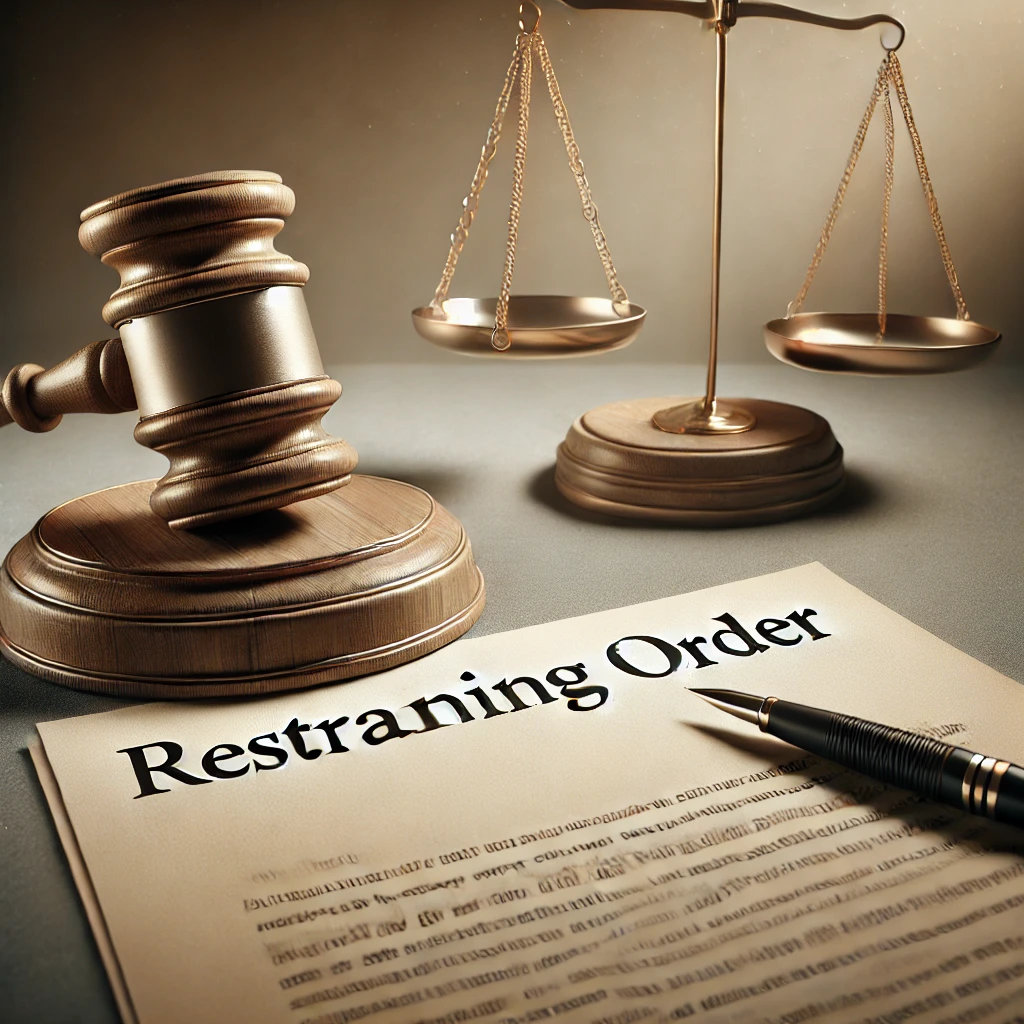The federal government is urging a Fifth Circuit panel to uphold its stance that it can disarm citizens under domestic violence protective orders, even when there is no explicit finding that the person poses a credible threat of violence. This controversial move raises profound constitutional and practical questions about due process, the scope of judicial authority, and the boundaries of Second Amendment rights.
The case stems from the arrest of Litsson Antonio Perez-Gallan, who was indicted for violating the Lautenberg Amendment after being stopped at a Texas border checkpoint while carrying a firearm. Despite having a domestic violence restraining order against him for alleged assault in Kentucky, a Texas federal judge dismissed the firearm charge, citing the Second Amendment. The government subsequently appealed to the Fifth Circuit, seeking to reverse the lower court’s ruling.
The Debate Over Protective Orders and Credible Threats
Central to the legal battle is the interpretation of domestic violence protective orders and whether their issuance inherently implies a credible threat of violence. Assistant U.S. Attorney Stephanie Cagniart argued that courts must determine the existence of a credible threat before issuing such orders, even if not explicitly stated in their rulings. However, opponents argue that the system does not always follow this standard in practice.
A significant concern is the precedent of issuing protective orders under questionable circumstances. Critics highlight cases where protective orders have been granted based on subjective or nebulous criteria, such as the alleged “destruction of mental or emotional calm.” This issue underscores the potential for misuse and overreach in the legal system, leading to severe consequences for individuals’ constitutional rights.
The Supreme Court’s Limited Ruling in Rahimi
The legal framework for the case became more complex following the Supreme Court’s 2024 decision in United States v. Rahimi. While the Court upheld restrictions on gun ownership for individuals found to pose a credible threat of violence, it explicitly declined to rule on protective orders that merely prohibit the use or threat of violence without such findings. This distinction leaves a gray area that the Fifth Circuit panel must now navigate.
Constitutional Implications and Broader Concerns
At the heart of the debate is the fundamental principle of due process. Can the government strip individuals of their Second Amendment rights without clear evidence of a threat? Critics argue that such actions represent an overreach that undermines the constitutional protections afforded to all citizens.
Additionally, this case reflects a broader pattern of gradual encroachments on gun rights. The Gun Control Act of 1968 and subsequent measures, including the Lautenberg Amendment, were initially presented as limited, reasonable regulations. However, opponents of such legislation caution that these measures have paved the way for more expansive restrictions that increasingly erode the Second Amendment.
What’s Next for the Fifth Circuit?
The Fifth Circuit panel, comprising Judges Jerry Smith, Carl Stewart, and Stuart Duncan, now faces the critical task of balancing public safety concerns with constitutional rights. Their decision will likely have significant implications not only for Perez-Gallan but also for the broader interpretation of protective orders and gun ownership in America.
While the government maintains that disarming individuals under protective orders is a necessary safeguard, opponents argue that the Constitution leaves no room for such infringements without compelling evidence of a credible threat. As this case unfolds, it serves as a stark reminder of the ongoing tension between public policy and individual freedoms.
The Slippery Slope of Compromise
Gun rights advocates warn that each concession on Second Amendment protections sets a dangerous precedent. They point to the steady expansion of restrictions and the redefinition of terms like “violence” to justify broader governmental powers. For many, the Fifth Circuit’s decision represents a critical juncture in the fight to preserve the unambiguous rights enshrined in the Constitution.
Stay tuned to GetGunsNAmmo for updates as this pivotal case continues to develop.
Discover more from Get Guns N Ammo -Buy Firearms, Shotguns, N Ammunition Online
Subscribe to get the latest posts sent to your email.


